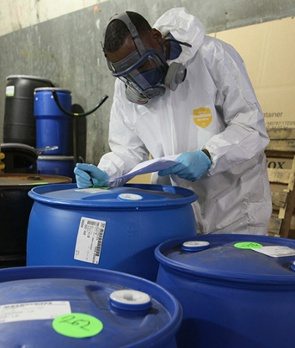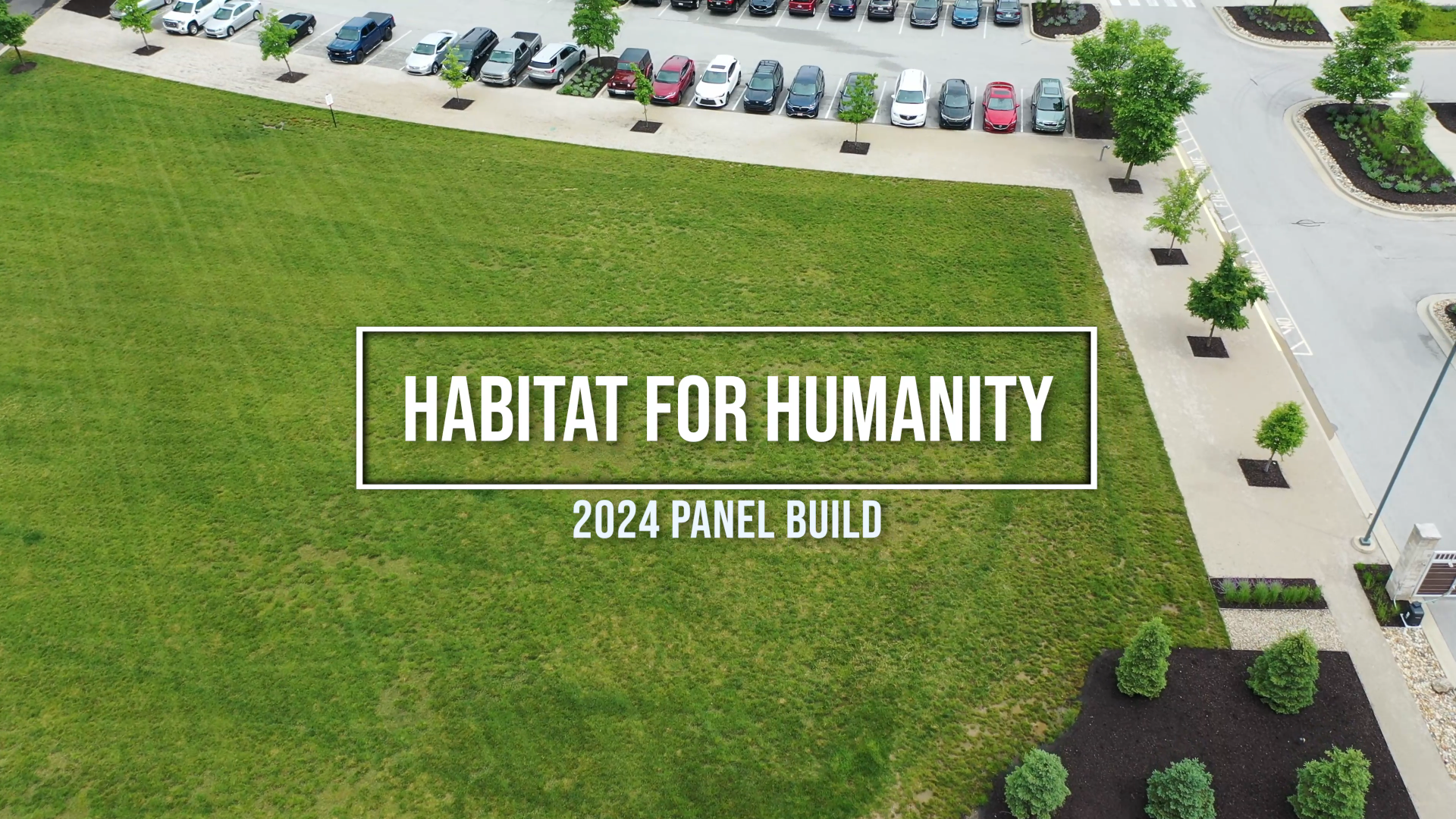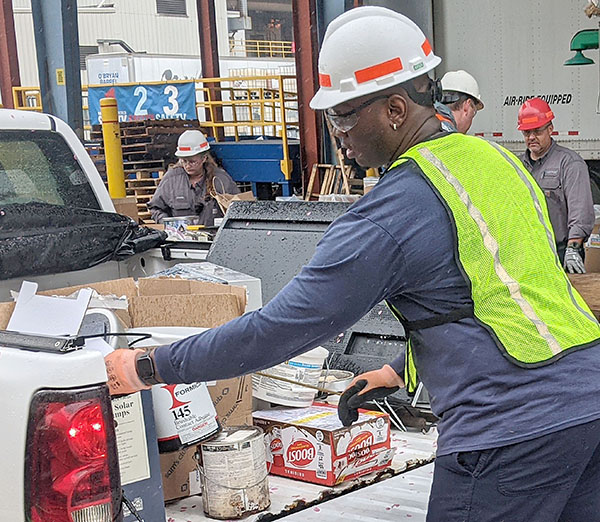
In previous posts we have talked about containment buildings, what they are, how they came to be, and what regulations are in place for how they must be designed and built. Today we’re going to talk about what has to happen after the building has been made. What must be done operationally to keep things compliant? According to 40 CFR §264/265.1101(c), “the owner or operator of each new or existing containment building must implement operating controls and practices.” These operating controls or practices focus on four main areas: maintenance of the unit, inspection, recordkeeping, and plans for response to potential release of waste.
How a Containment Building Should be Maintained
Working from the bottom up, owners and operators of containment buildings must make sure that the floor is in good shape and free of cracks, corrosion, and/or deterioration. Additionally, if wear from movement of waste, equipment, or personnel causes any damage to surface coatings or liners, owners must make repairs as often as needed.
The EPA also set limits on how high wastes could be stacked within containment buildings. This was done in order to prevent potential releases due to wastes shifting under their own weight. According to §264/265.1101(c)(1)(ii), “if the outer walls of the containment building are used to support the piles of waste, hazardous waste cannot be piled higher than the portion of the wall that meets the required design standards (also known as ‘containment walls’).”
Dust control and decontamination areas round out maintenance. Dust control devices must be maintained at all openings so that no visible emissions can escape during routine operating activities. This includes times when equipment or personnel enter or exit the building. In much the same vein, decontamination areas must be constructed in the containment buildings so that no waste can be tracked out by equipment or personnel.
How to Inspect Containment Buildings and What Data to Record
According to the EPA, containment buildings have to be inspected once every seven days and all activities and results have to be recorded in the operating log. Inspections need to include an evaluation of the integrity of the unit. Additionally, there should be a visual assessment of adjacent soils and surface waters to detect any signs of waste release. Data from monitoring or leak detection equipment should also be considered.
How to Plan a Response to Releases
During the inspections, owners and operators should be especially vigilant about looking for leaks or releases. If one is found, the EPA instructs owners to, “remove the affected portion of the unit from service and take all appropriate steps for repair and release containment.” After doing so, “the implementing agency must be notified of the discovery and of the proposed schedule for repair.” Once repairs and cleanup are completed a qualified, registered, professional engineer must verify that the submitted plan for repair was followed.
If your company utilizes containment buildings remember these guidelines. Do you have any other advice for owners or operators? Perhaps a plan that has worked well for you in the past? Let us know in the comments!
All information for this blog post was gathered from the EPA document, “Introduction to Containment Buildings.” As always, this blog post is not intended to be comprehensive and it is always best to check with the EPA and local government for full, up-to-date, rules and regulations.
More News From Heritage
-
6/27/24
Heritage Environmental Services to Acquire EBV from General Dynamics
Heritage Environmental Servicess, an EQT Infrastructure portfolio company, will acquire EBV from General Dynamics
-
6/13/24
Meet The Facilities – East Liverpool
An inside look at our incineration facility located in East Liverpool, OH
-
5/24/24
Habitat for Humanity 2024
Heritage hosted our 14th annual Habitat for Humanity build this month, partnering with over 50 employees from various THG companies.
-
5/6/24
Date set for the household hazardous waste collection in East Liverpool, Ohio
-
3/12/24
Equal Pay Day – Spotlighting Our Female Drivers
-
3/8/24
International Women’s Week Spotlight – Shannon Dippel
For International Women's Week, we're spotlighting some of the incredible women in the Heritage family. Our final spotlight is Shannon Dippel.
-
3/8/24
International Women’s Week Spotlight – Susan Adams
For International Women's Week, we're spotlighting some of the incredible women in the Heritage family. Our sixth spotlight is Susan Adams.
-
3/7/24
International Women’s Week Spotlight – Lea Wilson
For International Women's Week, we're spotlighting some of the incredible women in the Heritage family. Our fifth spotlight is Lea Wilson








